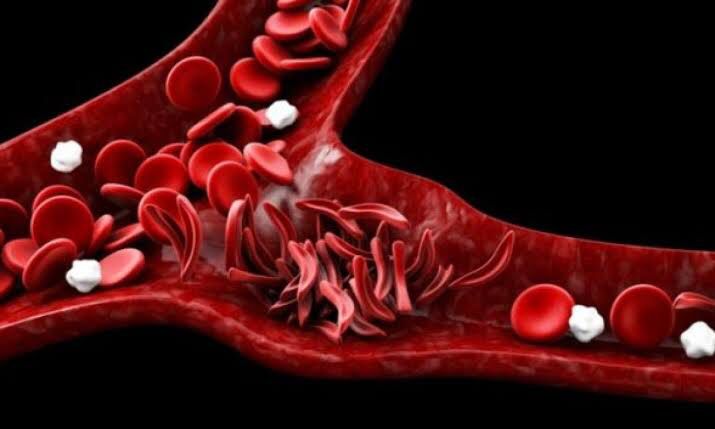
These are diseases which fundamentally affect the blood & blood forming organs. They include rare genetic disorders like HIV, Anemia, Sickle Cell Disease & complications from chemotherapy or transfusions.
Common blood disorders include bleeding disorders such as hemophilia, blood clots, & blood cancers such as leukemia, lymphoma, & myeloma. Talking to your doctor is the first & foremost step to take if you believe you may have a blood condition.
Blood Disorders can exert on any of the 3 main components of blood:
- Red blood cells , which carries oxygen to the body’s tissues.
- White blood cells, which fights infections.
- Platelets, which helps blood to clot.
Blood disorders can also affect the liquid part of blood, called Plasma.
Treatments & prognosis for blood diseases varies, depending on the blood condition & its criticality.
What is the most common type of Blood Disorder?
Anemia represents the most rampant type of noncancerous blood disorder. The U.S. Centers for Disease Control & Prevention estimates close to 3 million people in the U.S. have some type of anemia. Anemia occurs when you don’t have adequate healthy red blood cells. Some types of anemia are hereditary, but people may also obtain or develop them.
Symptoms & Causes include;
- Fast heartbeat
- Shortness of breath
- Heart Palpitations
- Pale skin
Taking good care of your general health may reduce & lessen your risk of developing conditions that causes blood disorders.
By Adeyinka Favour Adekunle.
